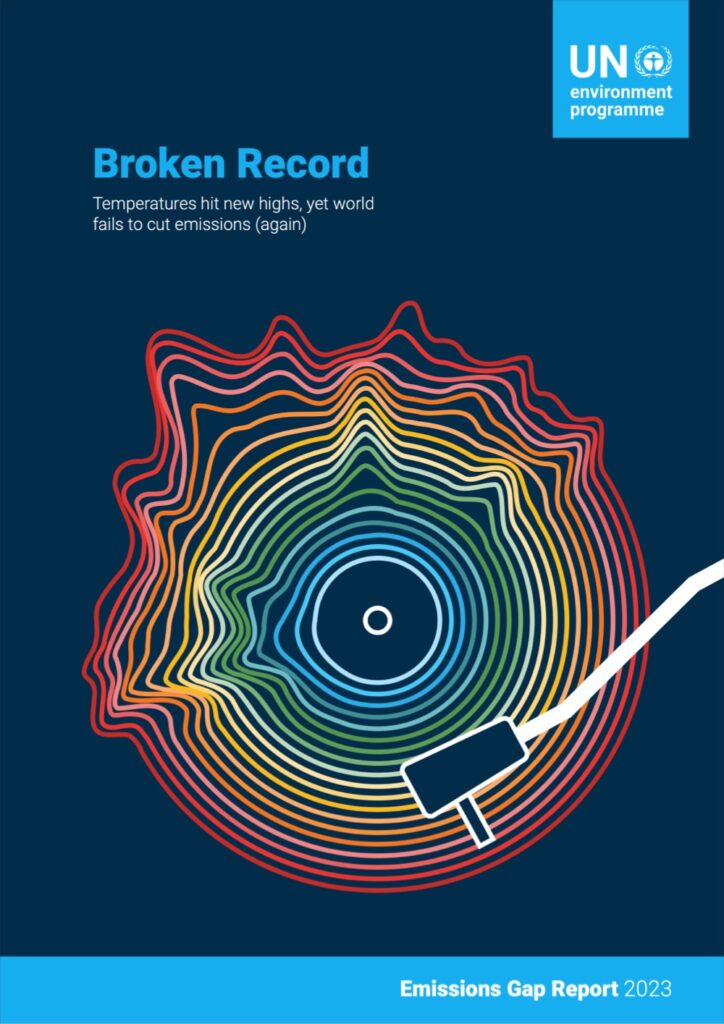
PDF Summary via Kagi.
- Global greenhouse gas emissions increased by 1.0% in 2022 to reach their highest levels in human history, driven mainly by a rise in coal, oil, and gas use.
- The world is failing to cut emissions and remains far off track from limiting warming to 1.5°C as outlined in the Paris Agreement goals.
- Nationally determined contributions (NDCs) submitted since the Paris Agreement have strengthened ambition somewhat but are still insufficient to narrow the emissions gap by 2030.
- High-income and high-emitting countries like the G20 need to take more ambitious action to cut emissions and support developing nations in their transitions.
- Land-based carbon dioxide removal and novel removal technologies will need to play a stronger role later in the century to achieve net-negative emissions targets.
- Clean energy transitions present opportunities for countries but also challenges, including entrenched fossil fuel interests and the need for international finance.
- Low- and middle-income countries can develop roadmaps for ambitious low-carbon development and specify their finance and technology needs.
- Carbon dioxide removal technologies require strong policy support, priority-setting, and accelerated innovation to play meaningful roles in mitigation.
- Equity principles must guide responsibilities for deploying large-scale carbon dioxide removal between countries.
- The next Conference of the Parties (COP28) is an opportunity to strengthen climate action and support for developing nations.
Via Kottke.

Leave a Reply…